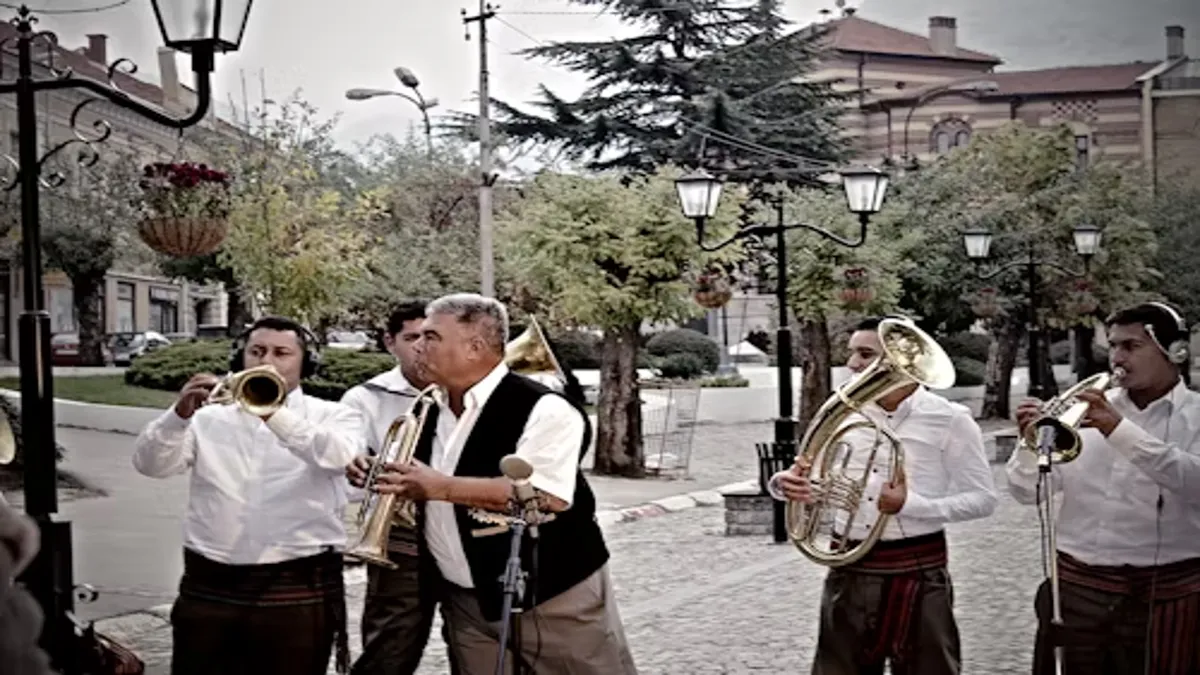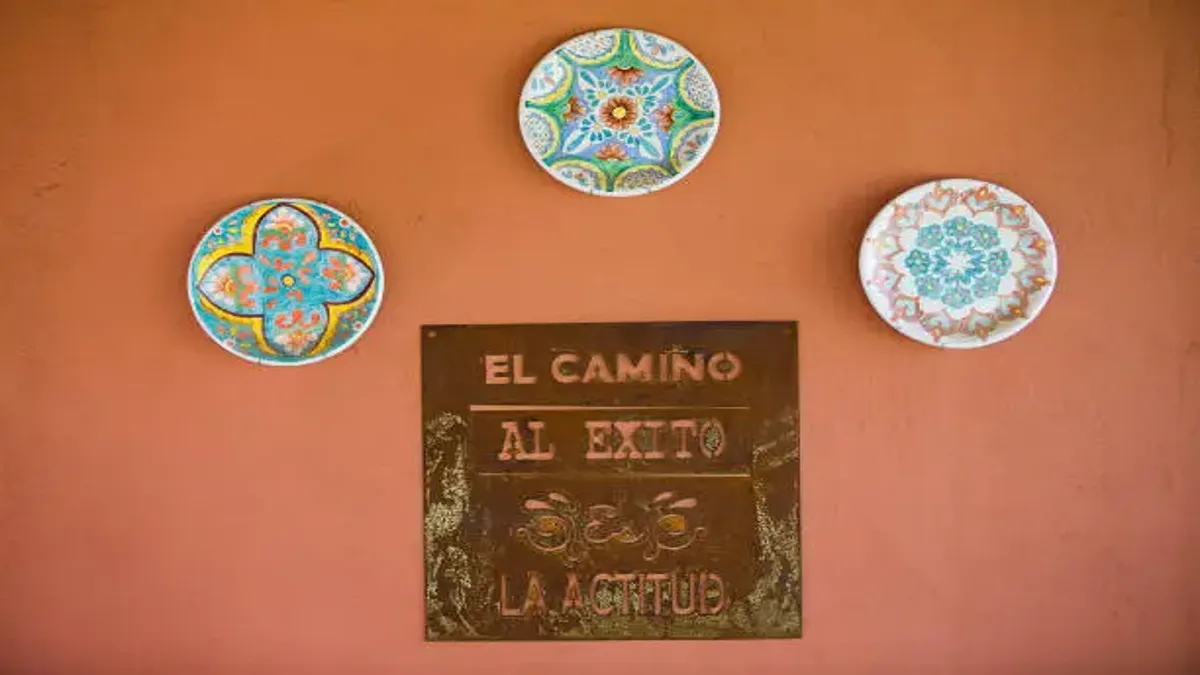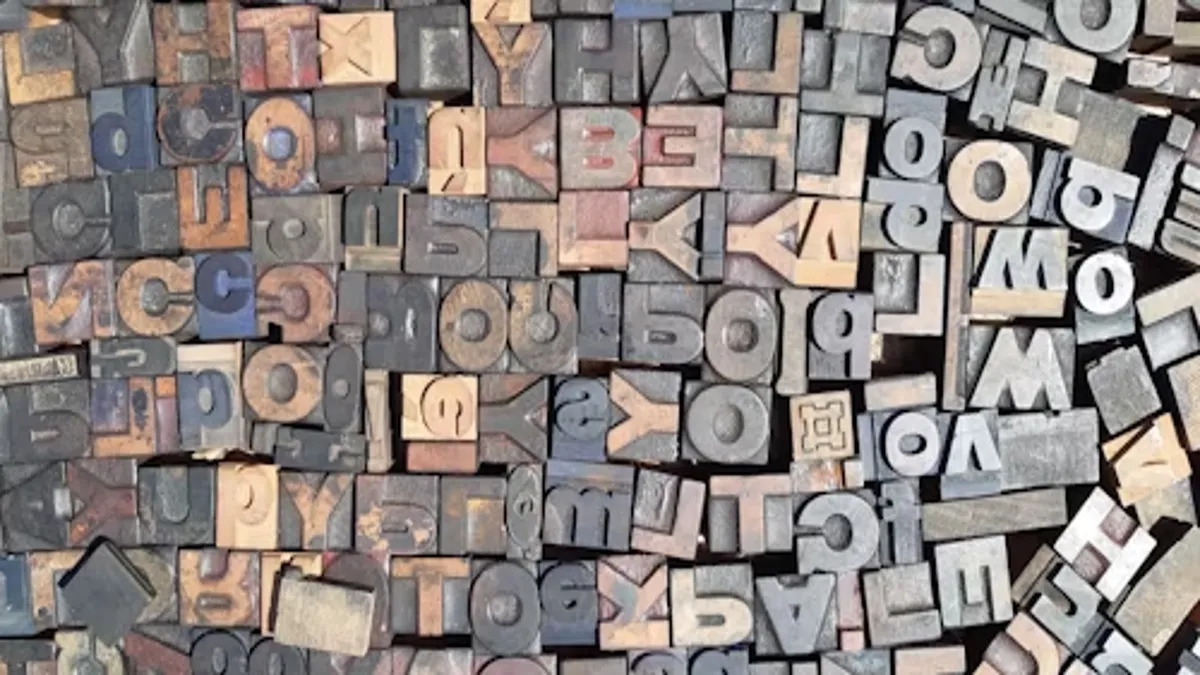In Serbia and across the Balkans, “Gde si” — pronounced “gdeh see” — is far more than a casual hello. It translates literally to “Where are you?” but its deeper resonance conveys warmth, familiarity, and emotional proximity. The phrase is an everyday salutation, yet its meaning extends into the cultural fabric of Serbian identity. Within the first exchange, it asks not just for someone’s physical location but also their emotional state, their wellbeing, and their place in one’s personal world. For linguists and cultural observers, “Gde si” reveals how language encodes both intimacy and heritage. Understanding it requires not only translation but empathy, a grasp of the unspoken ties that make words alive. This article explores the linguistic roots, cultural expressions, and modern transformations of “G-de si” through a journalistic lens, connecting anthropology, linguistics, and social sentiment.
Linguistic Origins of “Gde Si”: The Evolution of a Phrase
The phrase “Gde si” is composed of two simple words: “Gde,” meaning “where,” and “si,” meaning “you are,” derived from the verb “biti,” which means “to be.” Its structure mirrors other Slavic greetings that emphasize presence and relationship rather than time. In older Serbian, “G-de si” was used literally to ask about location. Over time, its connotation expanded — instead of asking where someone physically was, it began to mean “How have you been?” or “It’s good to see you.” Linguists point out that this evolution reflects Slavic cultural tendencies toward expressive and relational communication. In Bosnia, Croatia, and Montenegro, similar variants such as “Đe si” or “Di si” appear, illustrating regional phonetic shifts influenced by dialects and geography.
Read: The Rise of Methstreams: How It Compares to Traditional Streaming Options
Table 1: Regional Variations of “Gde Si”
| Country/Region | Local Variant | Literal Translation | Common Usage Meaning |
|---|---|---|---|
| Serbia | Gde si | Where are you | How are you / Hey there |
| Croatia | Di si | Where are you | What’s up / How are you |
| Montenegro | Đe si | Where are you | Hello / What’s new |
| Bosnia and Herzegovina | Đe si | Where are you | Long time no see |
| North Macedonia | Kade si | Where are you | How’s life / Hey friend |
This comparative view shows the remarkable consistency in tone across borders. Each form carries a sense of familiarity — a linguistic handshake, open and informal, often reserved for those one already knows.
The Cultural Weight of a Simple Greeting
In Serbia, saying “G-de si” is both casual and profound. It is rarely asked without intention; the phrase functions as an opening to reconnection. When two friends meet after weeks or months apart, “G-de si, brate!” (“Where are you, brother!”) becomes an emotional anchor. It can signal nostalgia, joy, or even reproach for distance. The cultural underpinnings of such greetings stem from Serbia’s collectivist traditions, where community bonds outweigh individual detachment. Unlike “Hello” in English, “Gde si” establishes relationship before topic — it centers presence over pleasantry. Anthropologists often compare it to the Spanish “¿Dónde estás?” or the Italian “Dove sei?” though neither carries quite the same tone of affectionate familiarity.
“Gde Si” in Daily Life and Pop Culture
From bustling Belgrade cafés to online chatrooms, “G-de si” permeates both speech and screen. It begins conversations, reignites friendships, and even functions as a digital opener in texts or DMs. Younger generations use it with playful emojis or shorten it to “G-de siii,” elongating vowels to signal warmth. In Serbian pop songs and TV dramas, “Gde si” often introduces themes of love, longing, and homecoming. In a famous lyric by singer Željko Joksimović, the phrase becomes symbolic — an invitation to remember. The phrase transcends literal meaning, embodying the feeling of returning to something familiar.
Quote:
“When you say ‘Gde si,’ you’re not just asking where someone is. You’re saying — I missed your presence.”
— Mila Jovanović, Linguist, University of Belgrade
A Social Connector Across Generations
The endurance of “Gde si” lies in its adaptability. Elders may use it to express genuine curiosity about someone’s wellbeing, while younger speakers employ it to establish camaraderie. In family gatherings, it’s often the first thing uttered at the door, a shorthand for affection. Among diaspora communities in Canada, the U.S., and Australia, “G-de si” remains a nostalgic relic — a reminder of home spoken across phone calls or video chats. It carries both warmth and melancholy, symbolizing the linguistic bond that outlasts distance. In multicultural spaces, it often serves as an introduction to Serbian friendliness, an icebreaker that bridges identity and belonging.
Table 2: Emotional Contexts of “Gde Si”
| Context | Emotional Tone | Typical Response Example |
|---|---|---|
| Reunion after time apart | Warm, nostalgic | “Evo me, brate! Gde si ti?” (Here I am, brother! Where are you?) |
| Casual meeting | Friendly, light | “Evo, ništa novo.” (Nothing new.) |
| Online chat | Playful, engaging | “Gde siii 😊” |
| Family gathering | Affectionate, caring | “Kod kuće sam, mama.” (I’m home, mom.) |
| Professional encounter | Respectful, mild | “Gde ste vi?” (Formal plural form) |
This table underscores how context dictates emotion. The same words shift fluidly from joyous reunion to gentle inquiry, showcasing the phrase’s emotional elasticity.
Linguistic Relatives in Other Slavic Languages
While Serbian’s “G-de si” holds distinct charm, its family of phrases stretches across the Slavic linguistic landscape. Russian uses “Где ты?” (Gde ty?), almost identical in structure. In Bulgarian, “Kade si?” serves the same role. These connections trace back to Proto-Slavic roots where greeting was intertwined with presence. The Slavic worldview — communal and attentive — treats being and location as intertwined. To ask “Where are you?” is to confirm existence within a shared space. Scholars of comparative linguistics argue that these greetings evolved to maintain social cohesion within historically close-knit agrarian societies.
“Gde Si” and the Digital Transformation of Greeting Culture
With the rise of messaging apps, “G-de si” has adapted seamlessly to the virtual world. In Serbia’s digital landscape — on Viber, WhatsApp, and TikTok — it remains a universal opener. Emojis, GIFs, and memes now accompany it, adding layers of humor and tone. “Gd-e si brate?” might arrive with a photo of coffee, symbolizing an invitation. The evolution mirrors broader linguistic phenomena where technology reshapes communication rituals. Yet “G=de si” retains its sincerity; even in text, it feels personal, resisting the cold efficiency of modern speech. Digital linguists describe it as an “emotional anchor” — a micro-expression of belonging in an age of distance.
Quote:
“In Serbia, conversation is never just communication — it’s connection. ‘Gde si’ is proof of that heritage.”
— Nikola Stanić, Cultural Historian
Historical Roots: From Village to Urban Vernacular
Tracing “Gd–e si” back through time reveals its journey from rural greeting to urban colloquialism. In traditional Serbian villages, greetings often revolved around inquiry — about harvest, family, or presence. “Gde si bio?” (“Where have you been?”) was a question of care, not suspicion. As industrialization and urban migration reshaped social interactions, shorter, quicker forms emerged. By the mid-20th century, “Gde si” had become the go-to greeting in Belgrade’s cafés and marketplaces. Its simplicity made it timeless. Older generations still recall how postmen, neighbors, or classmates would call out “G-de si!” across courtyards, each shout echoing warmth and familiarity.
The Emotional Semantics of “Gde Si”
Linguistic semantics reveal that “G-de si” operates on two layers: locative and affective. The locative asks for presence, while the affective seeks connection. Cognitive linguists interpret it as a “proximity phrase,” symbolizing the desire to re-establish closeness. Unlike English’s “How are you?” which often triggers an automatic “Fine, thanks,” “G-de si” expects engagement. It opens the conversational door for storytelling — “Evo, puno posla” (“A lot of work lately”) — and sustains dialogue. In Serbian social behavior, interaction is rarely transactional; it’s a reaffirmation of ties. Thus, “G-de si” functions as both grammar and glue.
From the Balkans to the World: A Global Greeting
The global diaspora of Serbian speakers — estimated at over 3 million — has carried “Gde si” into new linguistic territories. In New York, Chicago, Vienna, and Toronto, Serbian cafés echo with the phrase. Among second-generation immigrants, “Gde si” often coexists with English: “G-de si, man?” blending cultures effortlessly. It becomes a marker of dual identity, signaling heritage pride. On TikTok and YouTube, influencers from the Balkans frequently use it as a catchphrase, amplifying its cultural reach. The global stage has made “G-de si” both a nostalgic echo and a new badge of cultural belonging.
“Gde Si” in Music, Film, and Literature
The phrase’s emotional power has inspired countless creative works. Serbian pop and folk lyrics often begin with “G-de si sada?” (“Where are you now?”), a motif of longing. In literature, it symbolizes emotional search — as in the works of Ivo Andrić, where presence and absence intertwine. In film, directors use “Gde si” to convey reunion, loss, or irony. For instance, in Emir Kusturica’s award-winning films, greetings like “G-de si, brate moj!” resonate beyond the screen, representing Balkan authenticity. It’s a phrase that needs no translation — its warmth speaks universally.
Quote:
“A culture’s greetings reveal its heart. ‘Gde si’ is Serbia’s heartbeat — familiar, friendly, unpretentious.”
— Ana Petrović, Anthropologist
Modern Expressions and Slang Evolutions
Contemporary speech has birthed variations like “Gde si bre?” (colloquial, teasing) or “Gde ste ljudi?” (plural, meaning “Where are you all?”). These modern twists demonstrate the phrase’s flexibility. Among youth, memes exaggerate its emotional tone — pairing “Gde si” with humorous reactions or nostalgic clips. Social networks preserve it as digital folklore, while voice messages carry its sincerity across continents. In this adaptability lies its survival; “Gde si” remains timeless precisely because it evolves with culture.
Bullet Section: The Nuances of “Gde Si”
- Literal vs. Emotional Meaning: Though it means “Where are you?”, it’s used to say “How have you been?”
- Formality Spectrum: “Gde si” (informal) vs. “Gde ste” (formal/plural).
- Cultural Reflection: Mirrors Serbian collectivist values and relationship-centered communication.
- Regional Phonetics: Variations like “Đe si” or “Di si” signify regional identity.
- Global Echo: Used by diaspora communities worldwide as a linguistic bridge to home.
Comparative Insight: Greeting vs. Checking In
Western greetings often serve as social lubricants — brief, efficient, emotionally neutral. In contrast, “Gde si” reflects a conversational culture that values time and exchange. The difference lies not in grammar but in intention. Serbian greetings maintain an undercurrent of care; even when rushed, they feel personal. This is why expatriates often describe hearing “Gde si” abroad as comforting, even grounding. It’s the familiar sound of care wrapped in a question.
“Gde Si” and Emotional Intelligence
Communication psychologists argue that greetings like “Gde si” demonstrate high emotional intelligence embedded in language. It acknowledges the other person’s existence and invites openness. In Serbian workplaces, even brief hallway exchanges carry emotional depth. Saying “Gde si” to a colleague can mean “I see you; you matter.” The subtle power of this phrase lies in its capacity to humanize routine interactions — a reminder that language is a vessel for empathy.
The Enduring Power of Spoken Connection
In an era of digital brevity and AI-generated communication, phrases like “Gde si” remind us of the human impulse to connect sincerely. Serbia’s oral tradition — from folk songs to family storytelling — keeps such expressions alive. They survive because they matter emotionally. The next time someone says “Gde si,” it’s not merely linguistic — it’s an act of remembrance, a bridge to shared humanity.
Quote:
“Even if the world changes, the warmth of ‘Gde si’ never will. It’s a greeting and a homecoming.”
— Dragan Ilić, Poet
Conclusion: Why “Gde Si” Matters
“Gde si” stands as more than a phrase — it’s a cultural artifact of empathy and kinship. Across centuries, wars, migrations, and digital revolutions, it has endured as Serbia’s most sincere conversational embrace. It carries history in its syllables, inviting not just conversation but connection. To understand “Gde si” is to glimpse how language holds memory and belonging. In a world where greetings often fade into automation, “Gde si” persists as an intimate gesture of presence — one that whispers, You still matter, even after time and distance.
Frequently Asked Questions (FAQs)
1. What does “Gde si” literally mean?
It literally translates to “Where are you?” in Serbian, but is commonly used as an informal greeting equivalent to “How are you?” or “Hey!”
2. How do you pronounce “Gde si”?
It’s pronounced “gdeh see,” with a soft “g” and slight emphasis on the first syllable.
3. Is “Gde si” formal or informal?
It’s an informal expression. The formal version is “Gde ste,” used when addressing elders, superiors, or groups.
4. What are some regional variations of “Gde si”?
Variants include “Đe si” (Montenegro, Bosnia), “Di si” (Croatia), and “Kade si” (Macedonia).
5. Can “Gde si” be used in text messages or online chats?
Yes, it’s widely used in digital communication — often accompanied by emojis or elongated vowels to express friendliness (“Gde siii 😊”).











